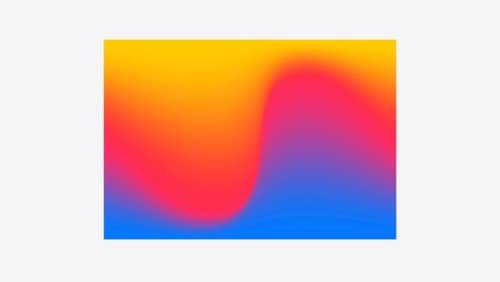SwiftUI performance
Asked on 2024-08-08
4 searches
SwiftUI has introduced several new features and improvements aimed at enhancing performance and providing more control over animations and visual effects. Here are some key points related to SwiftUI performance from the WWDC 2024 sessions:
-
Custom Shaders and Metal Integration:
- SwiftUI now allows the use of custom Metal shaders directly within SwiftUI views, enabling high-performance imperative drawing and more complex visual effects. This can be particularly useful for creating unique experiences, such as a classic flipboard animation using Metal shaders (SwiftUI essentials).
-
Precompiled Shaders:
- To avoid frame drops caused by lazy shader compilation, SwiftUI now supports precompiling shaders before their first use. This ensures smoother performance when using custom shaders (What’s new in SwiftUI).
-
Enhanced Scroll View Control:
- SwiftUI has introduced new APIs for fine-grained control over scroll views. These include the ability to react to changes in content offsets and sizes, detect view visibility changes due to scrolling, and programmatically control scroll positions. These enhancements help in creating more performant and responsive scrolling experiences (What’s new in SwiftUI).
-
Swift 6 Language Mode:
- The new Swift 6 language mode includes compile-time data race safety, which improves the reliability and performance of SwiftUI apps. Views in SwiftUI are now evaluated on the main actor, ensuring that all types conforming to the view protocol are implicitly isolated to the main actor by default (What’s new in SwiftUI).
-
Declarative Structure and State Management:
- SwiftUI's declarative structure and state-driven updates automatically keep the UI up to date, reducing boilerplate code and minimizing update bugs. This approach ensures that the UI remains performant as data changes (SwiftUI essentials).
-
Interactive Previews:
- Xcode previews in SwiftUI allow developers to see how their views look and behave in different contexts without needing to run the app repeatedly. This feature helps in quickly iterating and optimizing the performance of the UI (SwiftUI essentials).
For more detailed information, you can refer to the following sessions:

What’s new in SwiftUI
Learn how you can use SwiftUI to build great apps for any Apple platform. Explore a fresh new look and feel for tabs and documents on iPadOS. Improve your window management with new windowing APIs, and gain more control over immersive spaces and volumes in your visionOS apps. We’ll also take you through other exciting refinements that help you make expressive charts, customize and layout text, and so much more.

Platforms State of the Union
Discover the newest advancements on Apple platforms.

Create custom visual effects with SwiftUI
Discover how to create stunning visual effects in SwiftUI. Learn to build unique scroll effects, rich color treatments, and custom transitions. We’ll also explore advanced graphic effects using Metal shaders and custom text rendering.
